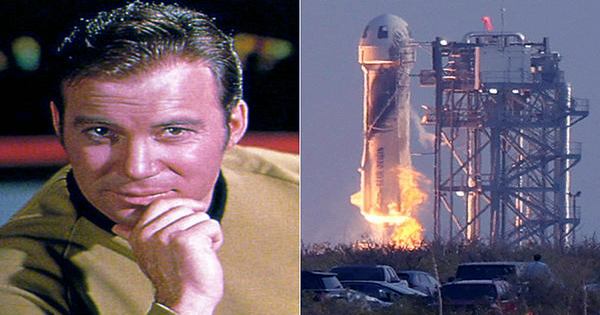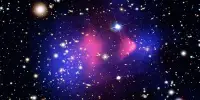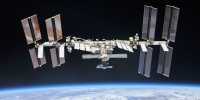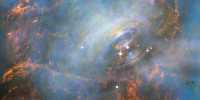When Blue Origin’s second human spaceflight takes off, it will be led by Dr. Chris Boshuizen, co-founder of Planet Labs and current partner at venture financing company DCVC. Following Jeff Bezos’ first mission earlier this year, Boshuizen will take one of four seats on Blue Origin’s New Shepard fully reusable suborbital spacecraft’s next trip with passengers on board.
Boshuizen earned his in physics from the University of Sydney and worked for four years as a NASA space mission architect at the Ames Research Center in California before founding Planet Labs and serving as its CTO for the first five years. He started as an entrepreneur in residence at DCVC before becoming an operation partner and then a full-time partner this year.
While Boshuizen has spent his whole career in the space sector, he claims that his desire to fly to space began much earlier: at the age of 17, he registered for pilot school at the Australian Defense Force Academy but was turned down because he was partially color blind. The current smallsat and CubeSat craze owes a lot to Boshuizen as well: while at NASA, he helped design the “Phonesat,” which was an orbital satellite made out of a modified smartphone.

The proliferation of microsatellite constellations nowadays is due to the shrinking of high-tech components prompted by the advent of the smartphone, which allowed for the creation of small, powerful satellites that are relatively inexpensive to produce and launch. The flight is set to launch on Tuesday, October 12 at 9:30 a.m. EST from Blue Origin’s massive Launch Site One in Van Horn, Texas. The identities of the remaining two crew members have not been revealed by the corporation.
Ahead of E3, rumors of a Switch Pro were rife. For many, what was received was uninspiring, with the same RAM and processor (Nvidia Tegra X1) as its predecessor and a little larger display (0.8 inches). The seven-inch OLED display is still 720p (1080p when docked), not the 4K that some had hoped for. It does, however, bring some additional capabilities, such as a cable LAN connection and the ability to quadruple storage to 64GB without removing the microSD card.














